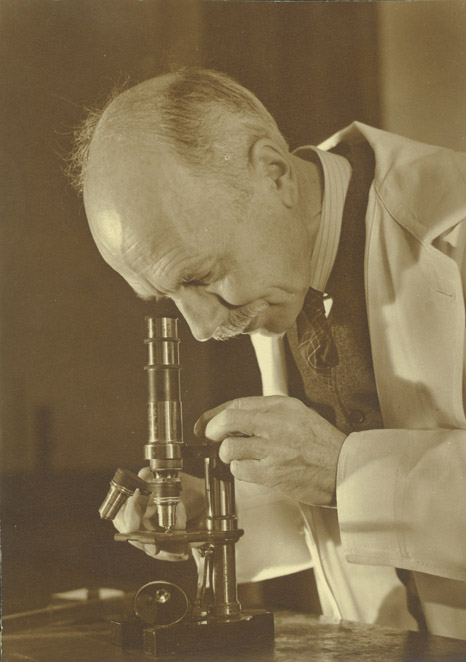Oldham Camp Records
The abundant waterfowl at Oldham Pond, Plymouth County, Mass., has long been a lure for hunters. During the nineteenth century, both hunting and recreational shooting of geese and ducks grew in scope throughout the Commonwealth, with the development of at least two formal hunting camps at Oldham.
The Oldham Camp records contains a detailed tally of waterfowl shot at Oldham Pond, along with an “Ancient history of Oldham Pond” by Otis Foster, 1906, chronicling changes in hunting practices and the advent of blinds and decoys. These records include annual summaries of geese taken at the camp (1876-1895) and summaries of both geese and ducks (1896-1919). More valuable are detailed records of “daily bags,” 1905-1915, providing daily kill totals for each species (primarily ducks). An addendum by Edgar Jocelyn, 1927, provides additional historical detail on the hunting stands at Oldham Pond and changes in methods of attracting ducks. There are, as well, narrative annual summaries of the hunting seasons, 1905-1908 and 1912. Tipped into the front of the volume is a typed letter from the renowned Cope Cod decoy maker A. Elmer Crowell (1852-1951), July 2, 1926, reminiscing about hunting at Wenham Lake and promising to begin work on the decoys.


